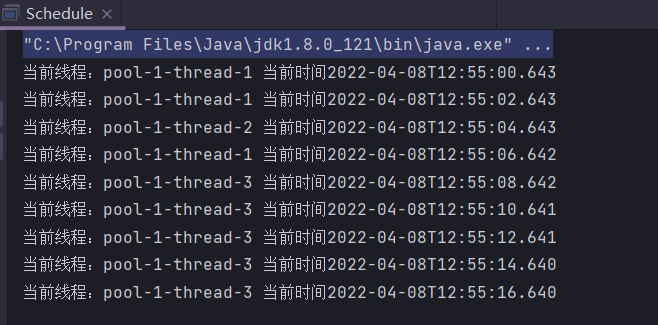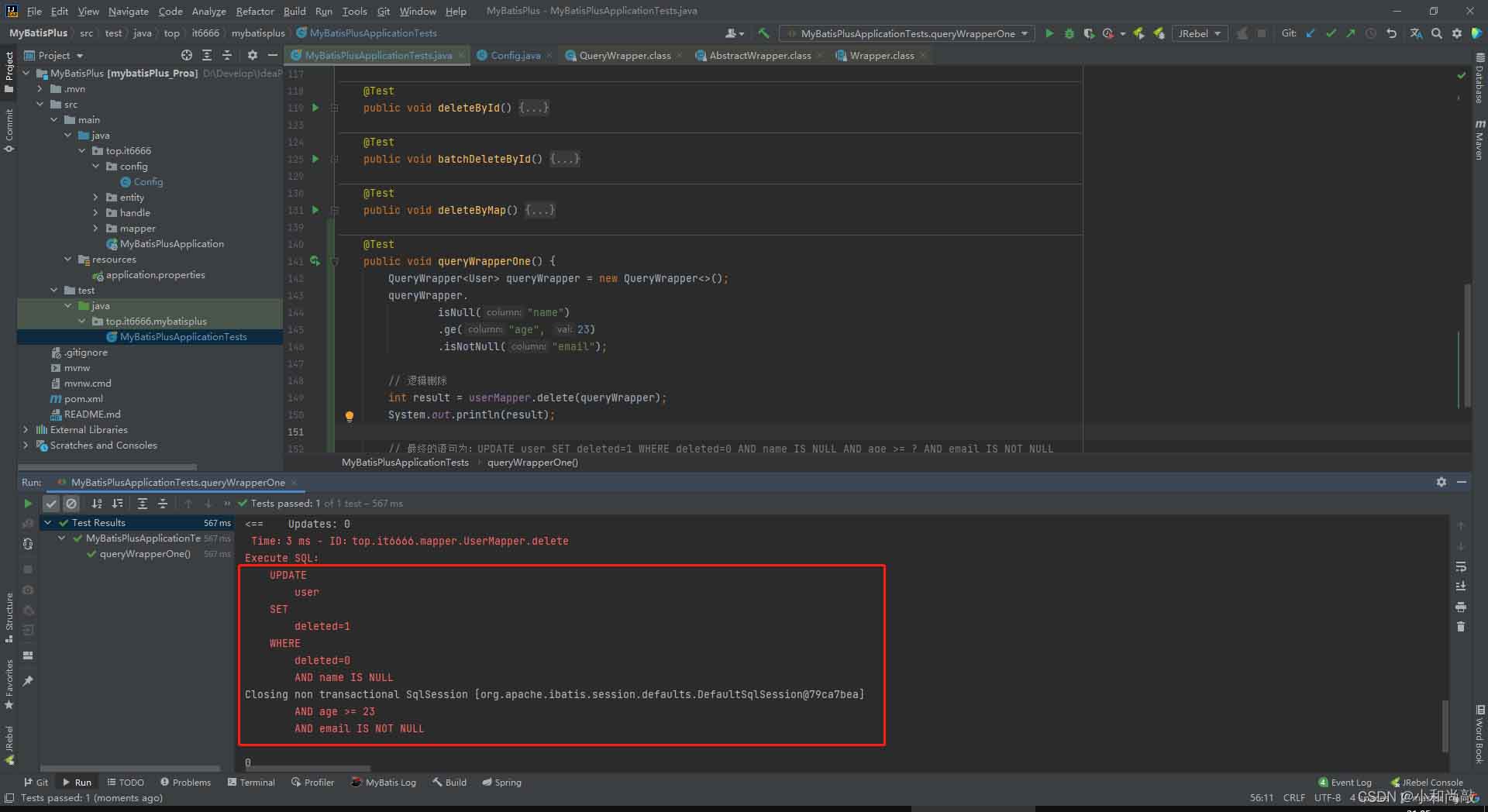在Vue项目中,我们通常需要使用富文本编辑器来帮助用户进行文本输入。本文将详细介绍如何在Vue中集成百度UEditor富文本编辑器,并且提供两个示例说明来帮助读者更好地理解。
Vue集成百度UEditor富文本编辑器使用教程
在Vue项目中,我们通常需要使用富文本编辑器来帮助用户进行文本输入。本文将详细介绍如何在Vue中集成百度UEditor富文本编辑器,并且提供两个示例说明来帮助读者更好地理解。
第一步:安装百度UEditor
我们可以通过npm命令来安装百度UEditor。在终端中进入Vue项目的根目录,执行以下命令即可:
npm install vue-ueditor-wrap --save
第二步:引入UEditor编辑器
在Vue项目中,我们需要在需要使用编辑器的组件中引入UEditor编辑器。为了方便,我们可以将引入的步骤封装成一个Vue组件,以便多处使用。
在src/components目录下新建一个Ueditor.vue文件,代码如下:
<template>
<div>
<div ref="editor"></div>
</div>
</template>
<script>
import Vue from 'vue'
Vue.component('Ueditor', {
template: '<div><div ref="editor"></div></div>',
data () {
return {
editor: null
}
},
props: {
value: {
type: [String],
default: ''
},
config: {
type: Object,
default () {
return {}
}
}
},
watch: {
value (val) {
if (this.editor) {
this.editor.setContent(val)
}
}
},
mounted () {
const _self = this
const id = this.$refs.editor
const config = this.config
import('vue-ueditor-wrap').then(UE => {
this.editor = UE.getEditor(id, config)
this.editor.on('ready', () => {
_self.editor.setContent(_self.value)
})
this.editor.on('contentChange', () => {
this.$emit('input', this.editor.getContent())
})
})
},
destroyed () {
this.editor.destroy()
}
})
export default Vue
</script>
这个组件中使用了vue-ueditor-wrap这个npm包,可以方便地与UEditor进行通信。同时,这个组件也可以接收名为config的props,这个props用于传递UEditor的配置项。由于Ueditor.vue内部会使用import动态加载UEditor代码,因此这个组件是异步组件。
第三步:在需要使用编辑器的页面引入Ueditor.vue
在需要使用编辑器的页面中,我们需要引入刚刚封装好的Ueditor.vue组件,并且通过props传递UEditor的配置项。例如,在src/views目录下新建一个Edit.vue文件,其中的代码如下:
<template>
<div>
<ueditor v-model="content" :config="ueditorConfig"></ueditor>
</div>
</template>
<script>
import Ueditor from '@/components/Ueditor'
export default {
components: {
Ueditor
},
data () {
return {
content: '',
ueditorConfig: {
UEDITOR_HOME_URL: '//ufida-wi.oss-cn-beijing.aliyuncs.com/ueditor/',
serverUrl: '/api/upload',
toolbars: [[
'undo', 'redo', '|',
'bold', 'italic', 'underline', 'strikethrough', '|',
'blockquote', 'code', 'insertunorderedlist', 'insertorderedlist', '|',
'link', 'unlink', '|',
'simpleupload', 'insertimage', 'attachment', '|',
'inserttable', 'deletetable', 'insertparagraphbeforetable', '|',
'cleardoc', '|',
'paragraph', 'fontfamily', 'fontsize', '|',
'forecolor', 'backcolor'
]]
}
}
}
}
</script>
在这个示例中,我们通过v-model指令实现了双向绑定。这样,当用户在编辑器中输入内容时,组件内部的content数据就会更新。同样地,如果我们通过代码修改了content数据,那么编辑器中的内容也会更新。同时,我们还通过props传递了UEditor的配置项,例如UEDITOR_HOME_URL、serverUrl和toolbars等。
示例一:文件上传
我们可以通过配置UEditor的serverUrl选项来让用户上传文件。例如,在Ueditor.vue的config中我们设置了:
{
serverUrl: '/api/upload'
}
这就告诉UEditor,当用户要上传文件时,应该将文件传递到/api/upload这个接口。我们需要在后端实现这个接口。例如,在Vue项目的根目录下新增一个server.js文件,其中的代码如下:
const express = require('express')
const multer = require('multer')
const app = express()
// 设置跨域
app.use((req, res, next) => {
res.setHeader('Access-Control-Allow-Origin', '*')
res.setHeader('Access-Control-Allow-Headers', 'Content-Type')
next()
})
app.post('/api/upload', multer().single('file'), (req, res) => {
console.log('上传文件')
res.send({
url: 'http://localhost:3000/images/' + req.file.originalname
})
})
app.listen(3000, () => {
console.log('Server is running at http://localhost:3000')
})
在这个服务器中,我们采用了multer来处理文件上传请求。后端接口中,我们通过res.send将上传文件的URL返回给了前端。当UEditor接收到上传成功的响应时,它就会将上传的文件显示在编辑器中。
示例二:自定义按钮
通过UEditor提供的自定义按钮,我们可以在编辑器界面上添加自己的按钮,用来实现更加复杂的功能。例如,我们可以在"添加图片"功能旁边添加一个"添加视频"的按钮。要实现这个功能,我们需要在UEditor配置项的toolbars数组中添加一个新的数组项。例如,在config中我们设置了:
{
toolbars: [[
'undo', 'redo', '|',
'bold', 'italic', 'underline', 'strikethrough', '|',
'blockquote', 'code', 'insertunorderedlist', 'insertorderedlist', '|',
'link', 'unlink', '|',
'simpleupload', 'insertimage', 'attachment', '|',
'inserttable', 'deletetable', 'insertparagraphbeforetable', '|',
'cleardoc', '|',
'paragraph', 'fontfamily', 'fontsize', '|',
'forecolor', 'backcolor', '|',
{
label: '添加视频',
className: 'edui-for-img',
icon: 'img',
onclick: function () {
alert('添加视频')
}
}
]]
}
在这个示例中,我们添加了一个对象,其中包含了label、className、icon和onclick四个属性。通过设置这些属性,我们就可以在UEditor的工具栏上添加一个新的按钮。同时,我们也为按钮设置了点击事件,当用户点击了这个按钮时,就会弹出"添加视频"的提示。
本文标题为:vue集成百度UEditor富文本编辑器使用教程


- JSP常见的文件操作小结 2023-12-10
- Java C++题解leetcode消失的两个数字实例 2023-06-02
- 详解Spring中BeanUtils工具类的使用 2023-02-05
- Mybatis-Plus中and()和or()的使用与原理详解 2023-05-14
- Java将本地项目部署到Linux服务器的实践 2022-12-03
- Springboot 手动分页查询分批批量插入数据的实现流程 2023-02-19
- javaGUI实现多人聊天功能 2023-05-19
- Java C++题解leetcode902最大为N的数字组合数位DP 2023-06-17
- JSP 自动刷新的实例详解 2023-07-31
- java – 如何从API端点按需按数据库逐个获取yield yield结果?是否需要网络套接字? 2023-10-31









